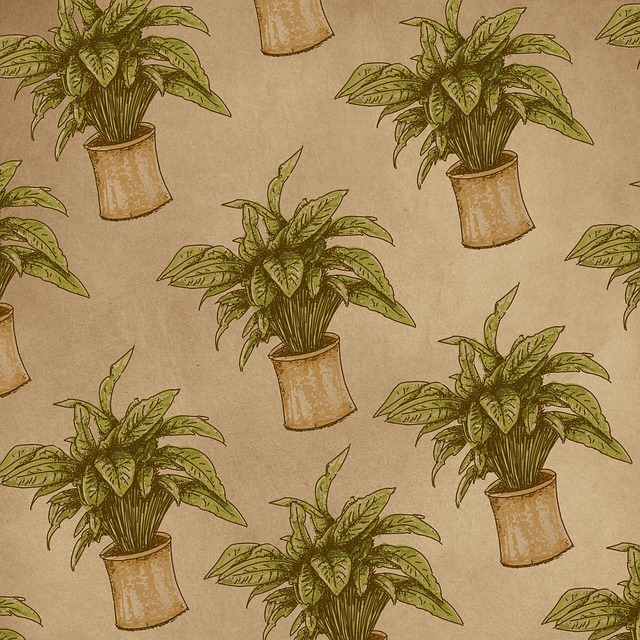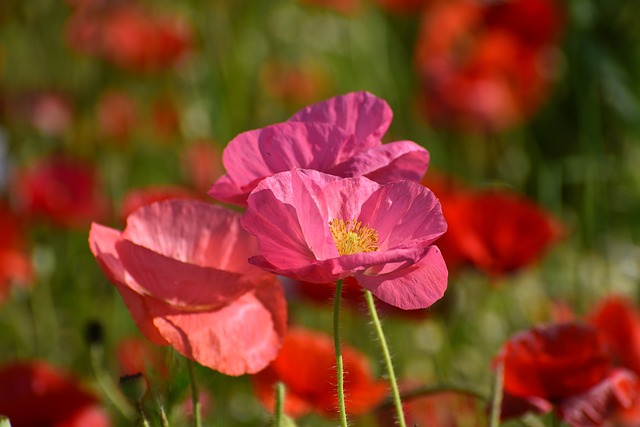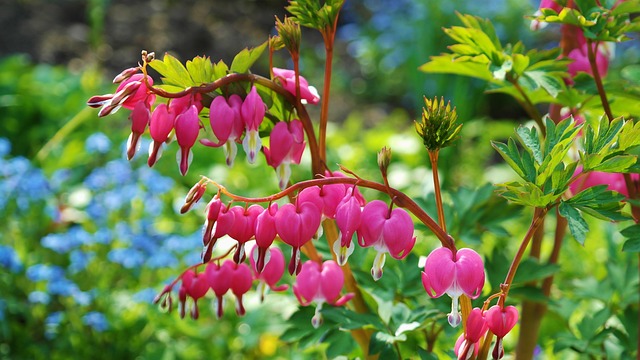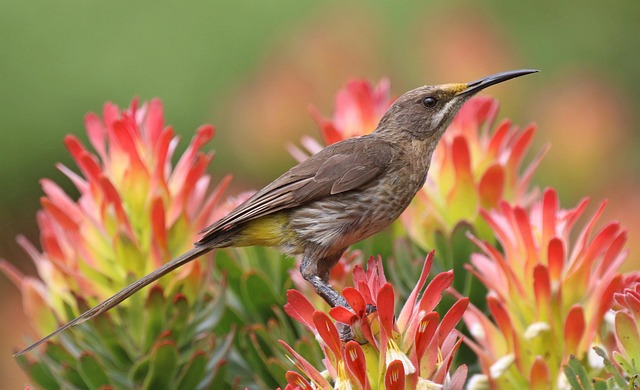Tiered garden structures offer a creative solution for enhancing outdoor aesthetics with strategic plant arrangements. By leveraging color schemes, including warm and cool tones, as well as complementary or analogous colors, gardeners can craft visually stunning displays with depth and dimension. These multi-level designs not only elevate the beauty of the space but also provide optimal growing conditions for various plant species through targeted sunlight exposure.
Unleash the beauty of your garden with the power of color! Learn how to use color schemes as a strategic guide for selecting and arranging plants, creating visually stunning and harmonious outdoor spaces. From understanding color theory to crafting balanced arrangements, this article explores effective strategies. Discover the art of combining plants based on complementary colors, enhanced by tiered garden structures that provide a captivating canvas. Elevate your gardening experience and transform your outdoor area into a vibrant sanctuary.
- Understanding Color Schemes and Their Impact on Plant Selection
- Tiered Garden Structures: The Perfect Canvas for Colorful Arrangements
- Creating Harmonic Combinations: Choosing Complementary Plants by Color
- Visual Appeal and Functionality: Arranging Plants for Esthetic Balance and Growth
Understanding Color Schemes and Their Impact on Plant Selection

Understanding color schemes is a powerful tool for curating visually appealing and harmonious tiered garden structures. Each color in the spectrum evokes unique emotions and can dramatically alter the atmosphere of your outdoor space. Warm hues like red, orange, and yellow create a vibrant, energetic ambiance, while cool tones such as blue, purple, and green promote tranquility and calmness.
By leveraging complementary or analogous colors, you can craft visually pleasing arrangements. Complementary colors, those located opposite each other on the color wheel (e.g., blue and orange), produce high contrast and drama. Analogous schemes, featuring adjacent colors (like various shades of green or purple), create a more subtle, cohesive look. This knowledge allows gardeners to thoughtfully select plants based on their desired aesthetic, ensuring that tiered garden structures not only look beautiful but also enhance the overall sensory experience.
Tiered Garden Structures: The Perfect Canvas for Colorful Arrangements

Tiered garden structures offer a dynamic and visually appealing canvas for crafting colorful plant arrangements. By incorporating these multi-level designs, gardeners can create depth and dimension, transforming their outdoor spaces into vibrant works of art. Each tier provides an opportunity to introduce distinct color palettes, allowing for a harmonious blend or bold contrast. For instance, the lower levels could feature cooler tones like shades of blue and purple, while upper sections showcase warmer hues such as yellows and oranges.
This strategic arrangement not only enhances aesthetics but also accommodates diverse plant needs. Smaller plants thrive in elevated areas with good air circulation, while larger specimens fill the lower levels, providing both structural support and a balanced composition. Tiered structures create a captivating framework for exploring color theory and designing visually pleasing gardens that captivate the senses.
Creating Harmonic Combinations: Choosing Complementary Plants by Color

Creating harmonious combinations in your garden is an art that can elevate the overall aesthetic appeal. One effective way to achieve this is by carefully selecting plants based on their color complementarity, especially when incorporating tiered garden structures. Complementary colors are those that sit opposite each other on the color wheel, such as blue and orange, or red and green. By pairing these colors in your plant selection, you can create a visually striking contrast that draws the eye. For instance, consider planting vibrant yellow flowers like sunflowers alongside deep purple varieties to form a striking pair.
Tiered garden structures provide an excellent opportunity to showcase this color interplay. You can arrange plants with different heights and textures, ensuring that each tier has its own unique color story. For a tiered bed, you might choose a cool-toned scheme on the lower levels with blues and purples, transitioning to warmer hues like oranges and reds as you ascend. This technique not only creates a beautiful visual effect but also ensures your garden is a vibrant display of nature’s palette.
Visual Appeal and Functionality: Arranging Plants for Esthetic Balance and Growth

When designing a garden, the interplay between color schemes and plant arrangement is pivotal for creating both visual appeal and functional spaces. Tiered garden structures allow for a thoughtful integration of plants with diverse colors, textures, and growth habits. By strategically placing taller species at the back or center, while shorter ones adorn the front, you establish depth and dimension, enhancing the overall aesthetic balance.
This arrangement not only contributes to the beauty of your garden but also supports plant growth by ensuring adequate sunlight penetration. Lower-growing plants receive enough light for healthy development, while taller species are given the space they need to reach their full potential without competing for resources. This thoughtful combination of color and spatial planning creates a vibrant, harmonious garden that serves both as a relaxing sanctuary and a thriving ecosystem.
When utilizing tiered garden structures, the strategic application of color schemes becomes a powerful tool for creating visually stunning and harmonious plant arrangements. By understanding the impact of different colors and their complementary relationships, gardeners can achieve both aesthetic balance and functional diversity in their outdoor spaces. This approach not only enhances the overall beauty of the garden but also ensures plants are carefully selected to thrive alongside one another, fostering a vibrant and sustainable ecosystem.
